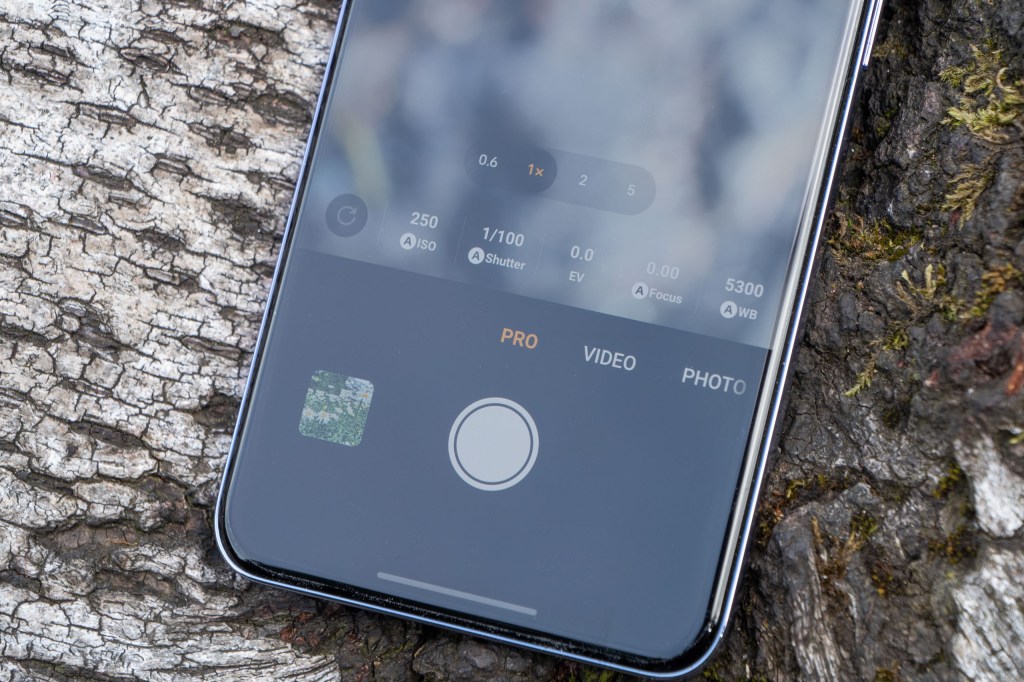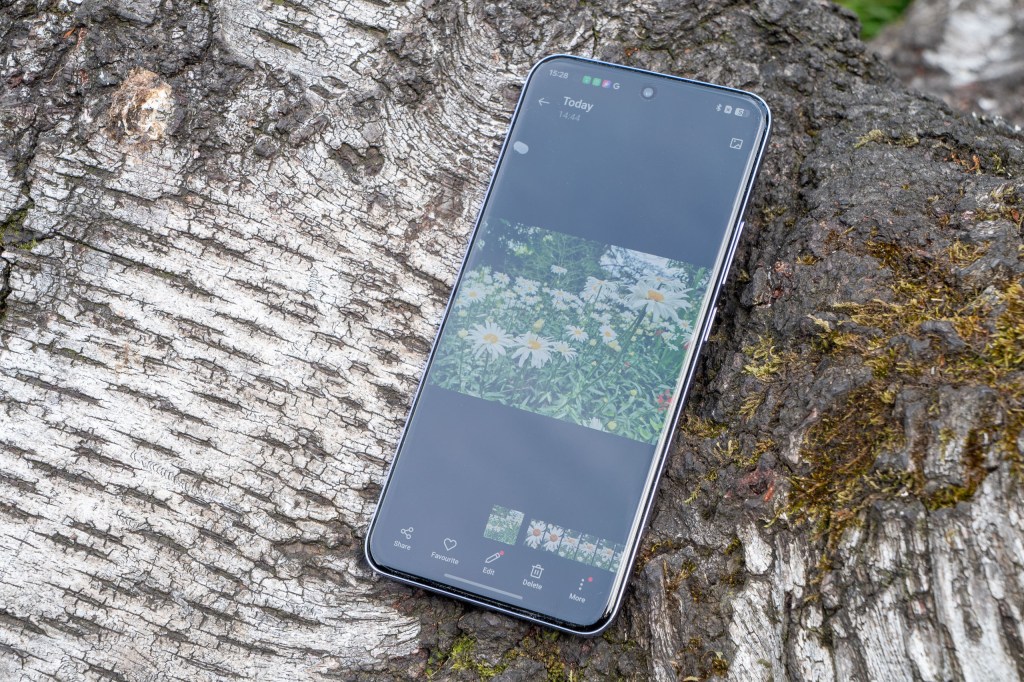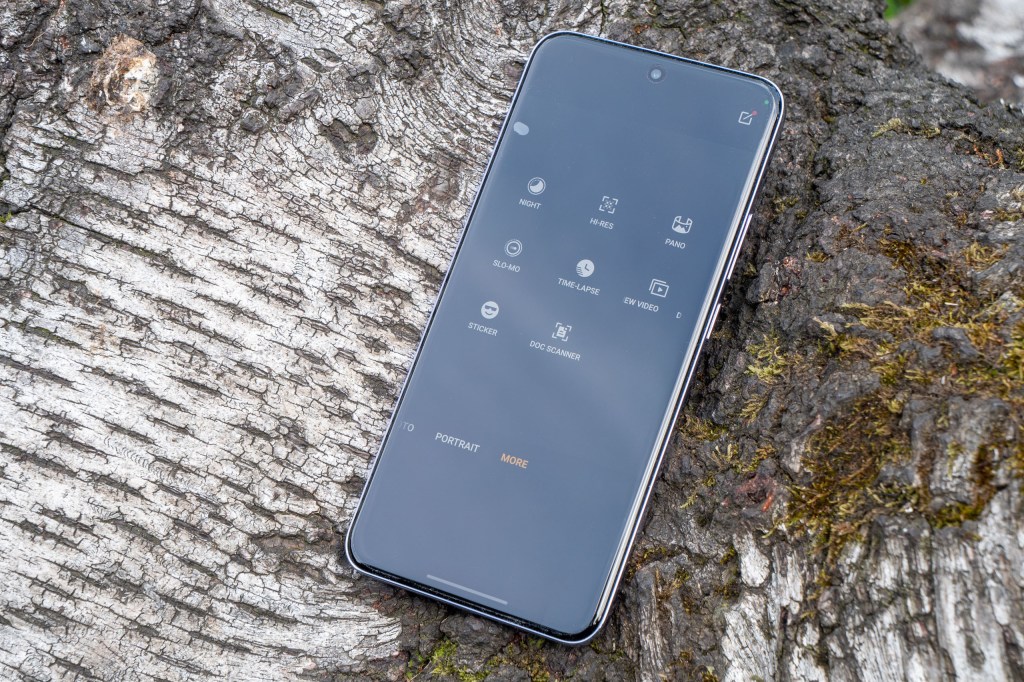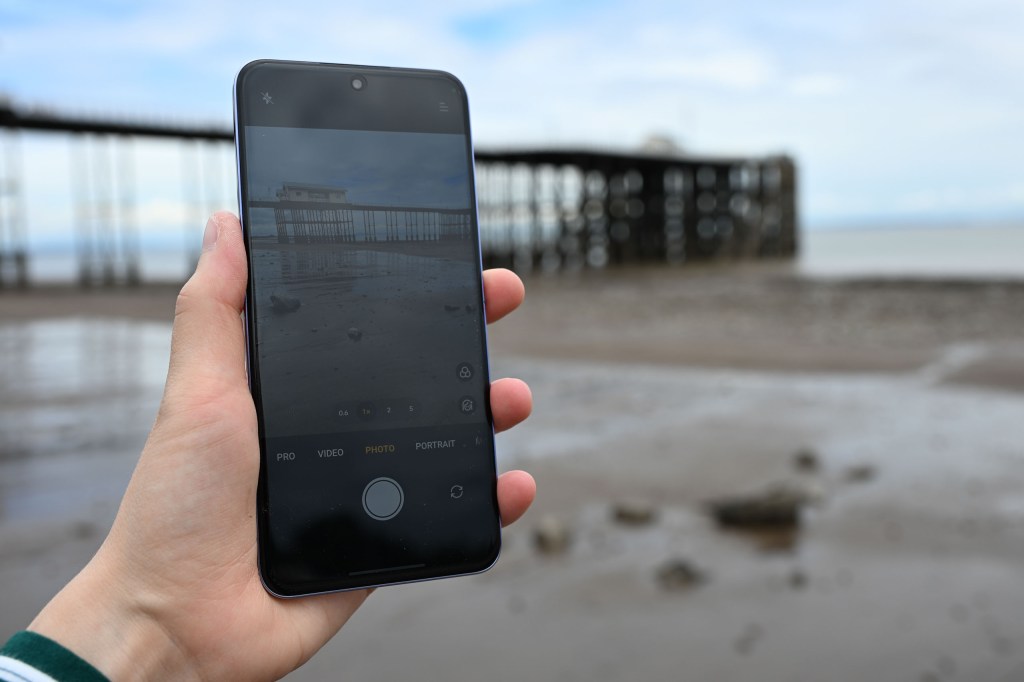Amateur Photographer verdict
There’s some good specs on paper here, but the results can be a little odd at the time. Over processing and super saturated colours can be a problem.- Good price
- 2x 50MP rear cameras
- 50MP selfie camera
- Low resolution ultrawide
- No macro mode
- Oversaturated colours
Good smartphones for photographers are available at a range of different budgets now, with some great options in the mid-range. The Oppo Reno 12 Pro has some very good specifications on paper, with this latest model setting you back just a smidge under £500.
Oppo has impressed us with its devices in the past, with the new 12 series featuring both a standard and a “Pro” version, which we’re looking at here.
Oppo Reno 12 Pro at a glance:
- Price as reviewed: £499
- 50MP 1x camera, 26mm f/1.8 equivalent lens
- 50MP 2x camera, 47mm f/2.0 equivalent lens
- 8MP ultrawide camera, 16mm f/2.2 equivalent lens
- 50MP f/2.0 selfie camera
- 4K 30fps video
- 6.7” screen, 120Hz, 1200 nits peak brightness
- 5000 mAh battery
- ColorOS 14.1 based on Android 14
The setup consists of two 50MP sensors on the back, plus an additional 8MP sensor for the ultrawide lens. Unusually, we’ve also got a 50MP sensor on the front of the camera for taking selfies.
Those two high resolution rear sensors are fronted by a 26mm f/1.8 equivalent and a 47mm f/2.0 equivalent lens, while the 8MP has a 16mm f/2.2 lens. You get 4K video recording, but it only goes up to 30fps – most flagships will go up to 60fps, but for quick video clips it shouldn’t be too much of a problem.
Other useful features here include a 6.7-inch AMOLED screen, with 2412 x 1080 pixels, 120Hz refresh rate and 1200 nits peak brightness, a large 5000 mAh battery, super-fast charging (80W) and expandable memory via a microSD card slot. The Oppo Reno 12 Pro uses the ColorOS 14.1 operating system, based on Android 14.
How we test phones
We review smartphones from the perspective of choosing one for its photography and camera performance. We look at what the Oppo Reno 12 Pro offers, and the features included for photography and video, paying particular attention to the cameras on the phone, photo editing capabilities, as well as the output from each different lens.
Oppo Reno 12 Pro – Handling and Design
Although this phone sits in the mid-range, it still has quite an attractive design. I’ve been using the “Nebula Silver” colourway, which is more of a purplish colour. The edges of the phone are nicely curved, and the display makes use of most of the device front. The selfie camera uses a “hole punch” cut out, so you get most of the top of the display too.

At 1200 nits maximum brightness, this isn’t the brightest screen on the market, but it does pretty well and shows off your photos and videos fairly well. The screen uses Gorilla Glass Victus 2, so it should be reasonably tough. It has IP65 water and dust proofing, which is not as high as IP68 (the first number refers to dust, the second to water). In effect this means the phone is splashproof, rather than waterproof – get it wet in a rainshower and it’ll be fine, but chuck it in a bucket and it won’t be.
The cameras are housed in a straightforward triple line on the back of the camera – it looks pretty average compared to something like the Oppo Reno 10 which had a much stranger setup.
Oppo Reno 12 Pro – Native camera app
The native camera app for the Oppo Reno 12 Pro gives you plenty to work with, with a default Photo mode and several other additional modes, including Night, Portrait and Panorama. There’s a Pro mode, which gives you the option to change lots of settings, including shutter speed, but it’s worth noting that you can’t shoot in raw format. That’s probably not a deal breaker for most people, though.

What’s more frustrating, at least from my point of view, is the lack of a macro mode. Most smartphones these days have at least some variation on a close-up photography mode, so it’s a bit disappointing. It’s also a bit bizarre considering the cheaper Oppo Reno 12 does have a macro mode – albeit one of limited quality. We’ll see as we get further on in the review how well it does when you try to photograph such subjects, though.

In the standard Photo mode you can shoot at 0.6x, 1x, 2x or 5x by simply tapping icons on the screen. You can also pinch to zoom up to 20x digitally. Other options in thi mode include Auto HDR (switch it on or off), a timer, and some digital filters.

With the Portrait mode you can shoot at 1x or 2x. The Oppo Reno 12 Pro’s “telephoto” is only 47mm equivalent, so it’s likely to have been produced with portraits in mind. You can adjust the level of simulated bokeh, as well as add digital filters and some retouching options.
Oppo Reno 12 Pro – Image Quality and Performance
In good light, you can get some pleasing images from the Oppo Reno 12 Pro. Detail is fairly good from the two 50MP sensor, but is a little smudgy from the ultrawide 8MP sensor – pretty much what I’d expect to see.
If there’s lots of blue and green in a scene – such as a grassy landscape on a sunny day – then the saturation levels go into overdrive with very unrealistic colours. The processing also seems to go a bit crazy on days like this, which is a bit of a shame. Switching off Auto HDR can help a little bit on this front.
I’ve also seen a couple of instances where if there’s any movement from the subject, you get a bad ghosting effect – for example if you look at this shot of a duck – its feathers have presumably ruffled a little in the breeze.
All that said, if you’re only looking at your images on the screen of a phone, or on Instagram etc, all looks pretty good – and some may even like that hyperrealistic saturation, too.

The 2x lens can produce some good images – but if you desire a longer telephoto lens, then this may not be the phone for you. Digital zoom is available, but even at 5x, the results are more smudgy than I’d like to see, and beyond that more or less unusable.
Not having a macro mode is a disappointment. You can get fairly close to subjects, but the results are not as good as those phones with a dedicated close-up option. It’s perhaps not a huge deal breaker for a mid-range phone, but it’s a shame nonetheless.
Better news is that Portrait mode is capable of producing some nice results, with fairly natural looking bokeh and relatively good outlines, even when there’s some fussy hair in shot. If the background is complex you might see some oddities, but on the whole it’s fairly good – if portraits are your thing then it could be a good choice at this price point.
Having a selfie camera with a 50MP resolution is great to see at this price point. It creates some nice shots, and being able to use it in conjunction with Portrait mode means you can get a nice blurred background too.
Night mode puts in a reasonable performance when you use the 1x lens. If you use the ultrawide, you’ll likely see some undesirable artefacts, so I wouldn’t use that for night time work if possible. Selecting the 2x lens will see the 1x lens used and digitally cropped if light is low, so again, the performance there isn’t particularly strong if you look closely at images.
The video quality is perfectly good for ordinary quick videos most are likely to want to create. Detail is fine, colours are adequate and its relatively stable.
Oppo Reno 12 Pro – Value for Money
At under £500, the Oppo Reno 12 Pro sits firmly in mid-range territory.
If you don’t to spend a fortune on a smartphone but still want something that performs pretty well then it’s a reasonably good choice. That said, there are some better options in the mid-range market, although some are limited in certain countries.
For example, some recent favourites of mine include the Tecno Camon Premier 5G and the Vivo V40 Pro – both of which you can’t get directly in the US or Europe. By contrast, the Oppo Reno 12 Pro is available in most locations.
Another strong competitor for the Oppo Reno 12 Pro is the Google Pixel 8a, which is one of our favourite budget phones and is currently around the same price as the 12 Pro. In general, the Pixel 8a produces much better image quality – but you don’t get a 2x lens.
Oppo Reno 12 Pro – Verdict
Mid-range smartphones are a sensible choice for many. They generally give you a decent camera setup without having to pay the huge sums that flagships usually command. By spending a little more than you might on a super cheap phone, usually you get pretty good results too.
The Oppo Reno 12 Pro firmly occupies that middle ground and gives you a range of features for your money. On paper, it sounds like it should be pretty good, with its double 50MP sensors on the back, and a 50MP sensor for the selfie camera.
In reality, the results a little mixed. You can get some good results, but it pays to be mindful of wild oversaturation in some cases, while night mode is definitely better elsewhere. Having no macro mode is also a bit of a shame. On a more positive side, you can get good portraits.
Overall, this is a fairly decent phone, and especially if the price drops a little further, it’s worth considering. If you’re looking for an alternative and are happy to drop the 2x lens, then the Google Pixel 8a is a fantastic alternative.

Specifications
| Wide camera | 50MP 1/1.95” sensor, 26mm f/1.8 equivalent lens |
| Ultra-wide camera | 8MP 1/4.0” sensor, 16mm f/2.2 equivalent lens |
| Telephoto camera | 50MP 1/2.75” sensor, 47mm f/2.0 equivalent lens |
| Display | 6.7” 2412 x 1080 pixels, 394 ppi, 120Hz, 1200 nits peak brightness |
| Operating system | Color OS 14.1, based on Android 14 |
| Dimensions | 161.5 x 74.8 x 7.4mm |
| Weight | 180g |
Related reading:
- OPPO Reno 10 review
- OPPO Reno 8 Pro 5G review
- True Colours: OPPO and Hasselblad team up
- OPPO Find X5 Pro review
Follow AP on Facebook, Twitter, Instagram, YouTube and TikTok.




















